Every photographer knows the challenge of capturing the perfect shot. But what distinguishes a simple photo from a well-thought-out piece of art? In this article, you'll learn how to create true works of art through targeted photography rather than just capturing images. Using practical examples and techniques, I'll show you how to refine your photographic skills and get the most out of your camera.
Key Insights
- The difference between simple photography and creative work is significant.
- A well-thought-out concept and targeted instructions for the model are crucial for good results.
- Errors in photography can be corrected with Photoshop, but require a lot of practice and patience.
The Difference Between Photographing and Snapping
The first step on your journey to art is determining whether you are photographing or just taking pictures. Often it’s not enough to simply press the shutter. Photography means developing a concept before you take the camera in hand. Consider what story you want to tell with your image. This includes how you position your model and what emotions you want your image to convey.
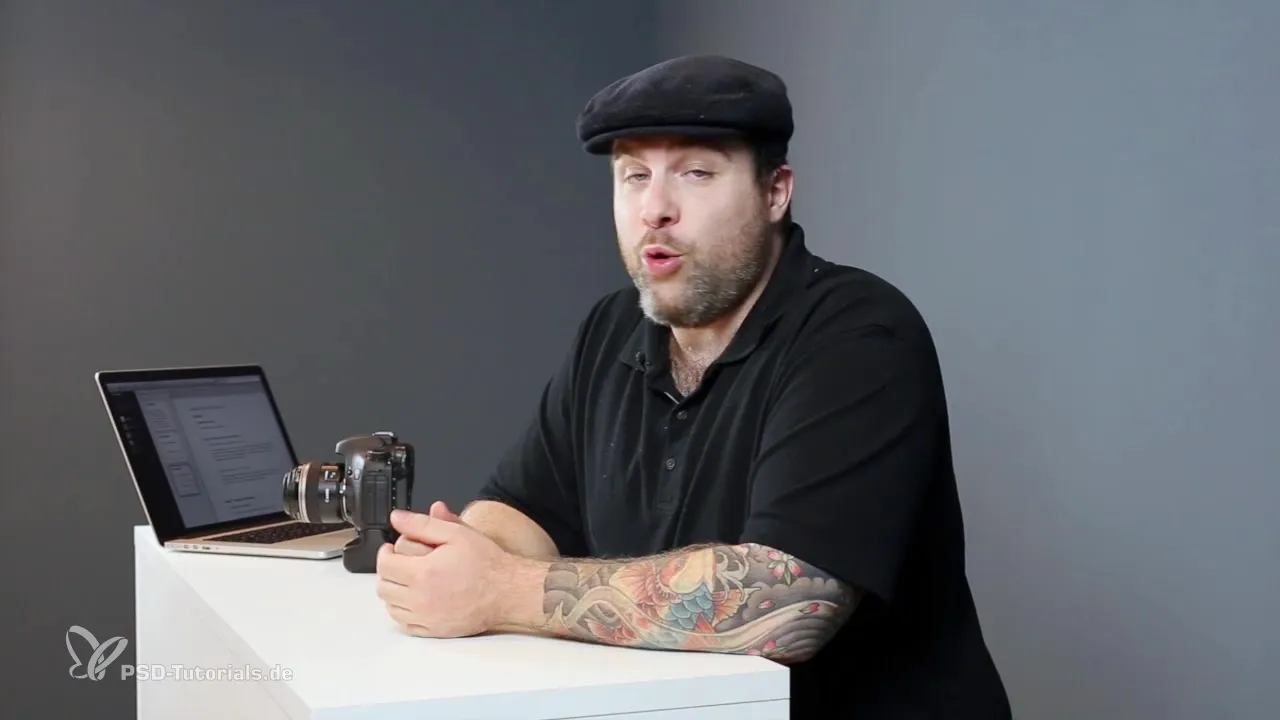
Good preparation is key. Make sure you are not just shooting in automatic mode. Experiment with different settings and find out what your camera can do. And don’t forget to remove the lens cap beforehand – a small but important step.
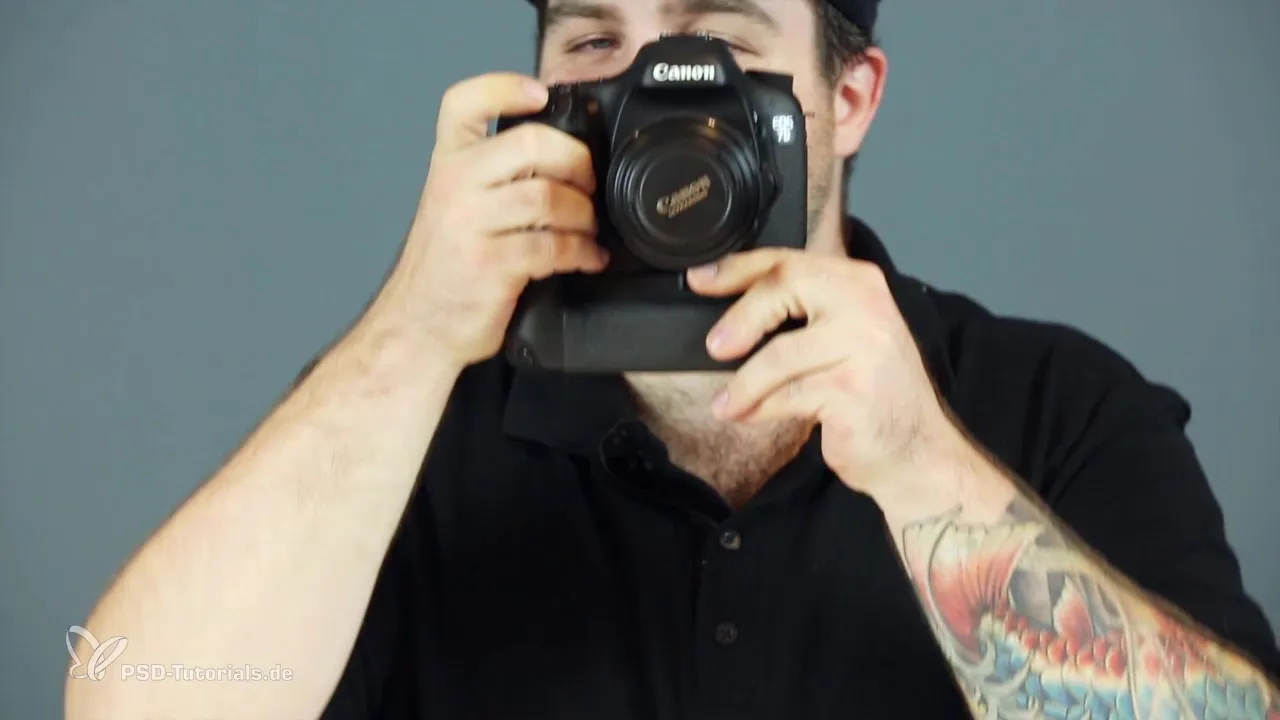
Collaborating with Your Model
Basically, the model is your tool, and it is your responsibility to guide it accordingly. Think about how you can instruct the model to achieve the right expressions and poses. A professional model has a sense for that, while you as a photographer may need to show more patience.
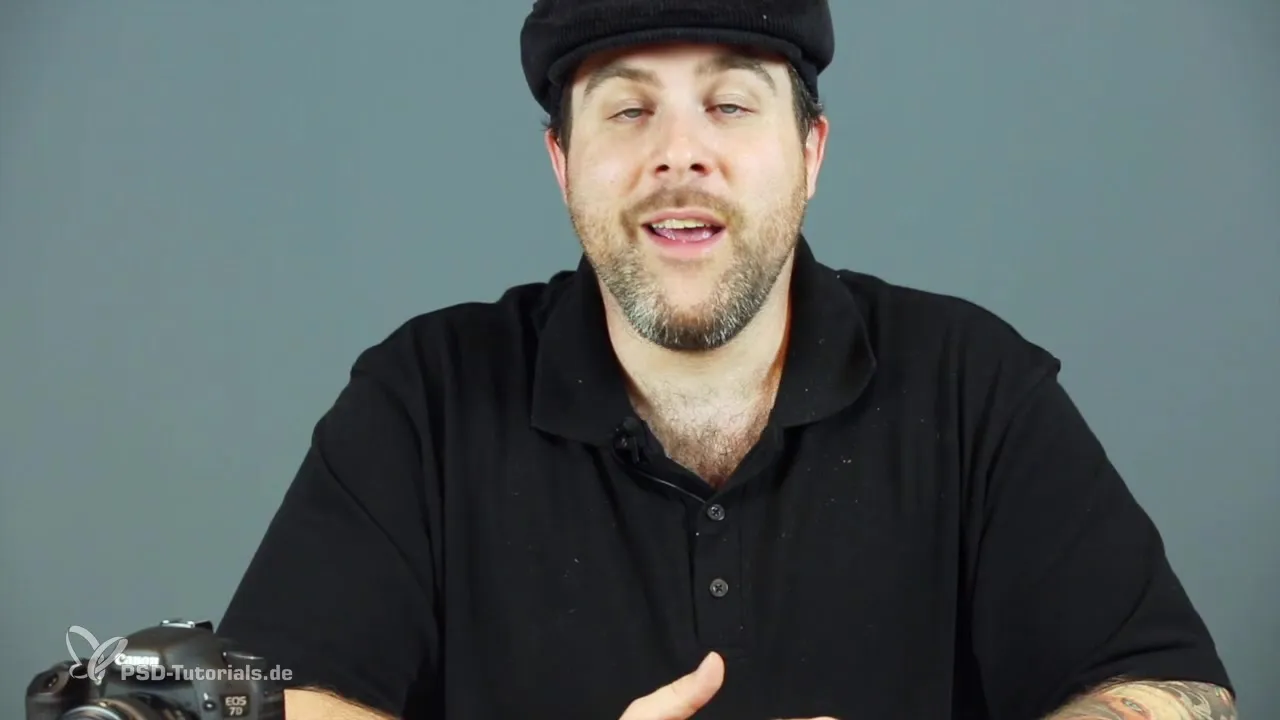
The key is to prioritize getting a good image instead of simply taking many shots. It is better to capture one outstanding image than to produce 500 half-hearted attempts. Often you only notice what is missing in terms of details on the screen, which is why it is essential to photograph attentively.
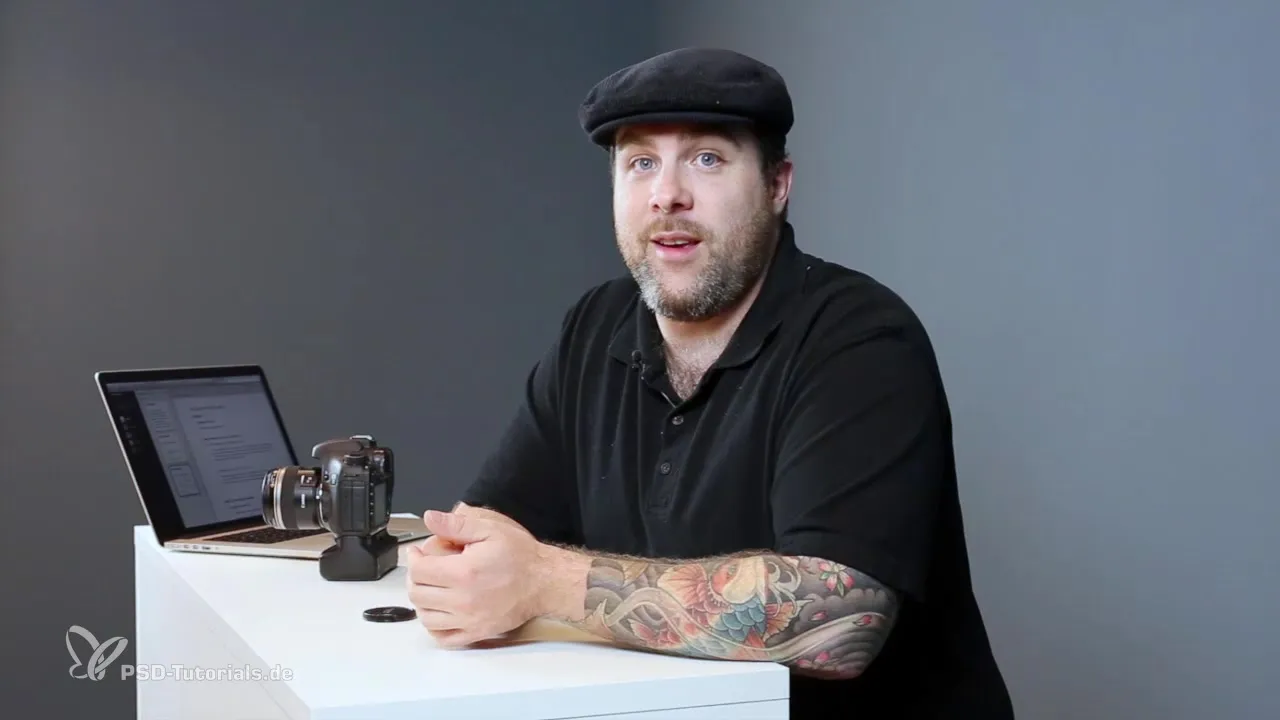
Post-Processing and Corrections in Photoshop
In addition to the creative process, there are technical aspects that you need to pay attention to. Many mistakes made while photographing can be fixed in Photoshop with some effort. It is important to analyze the original images correctly.
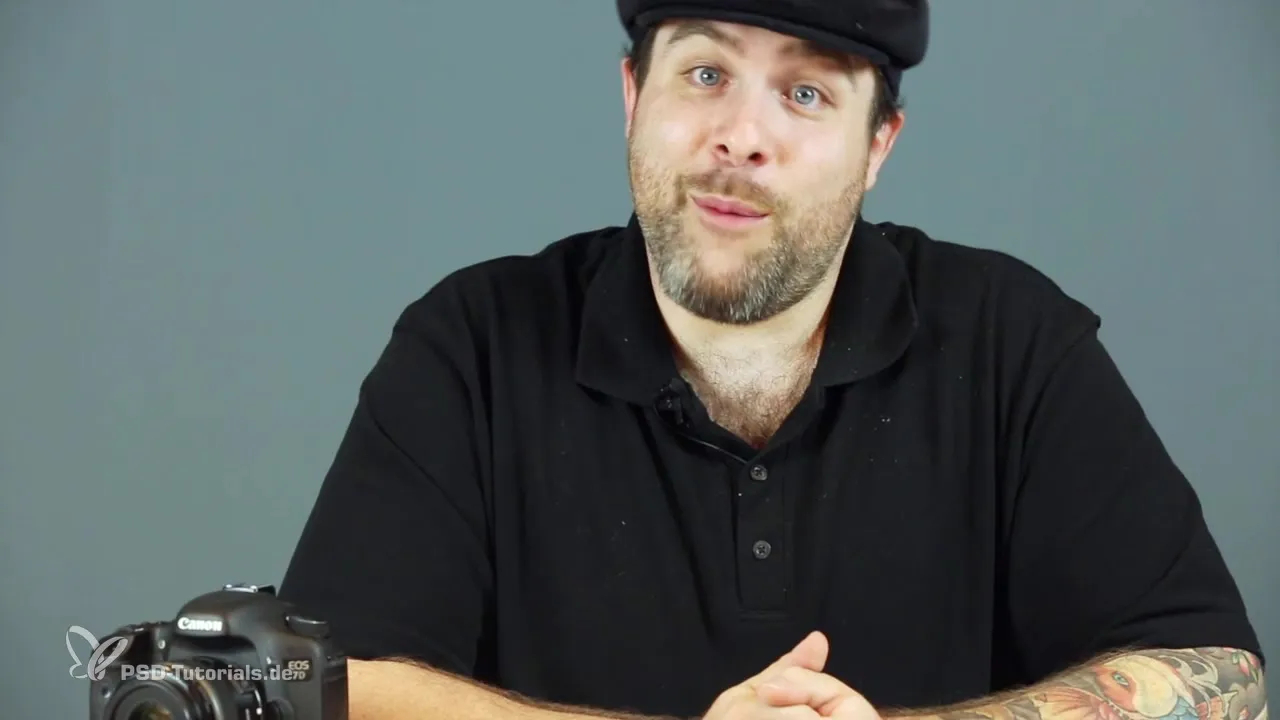
One example is an image I took of my son. The original shot had several flaws in composition, such as the position of the head and the proportions of the foot. In Photoshop, I utilized RAW conversion to bring out details.
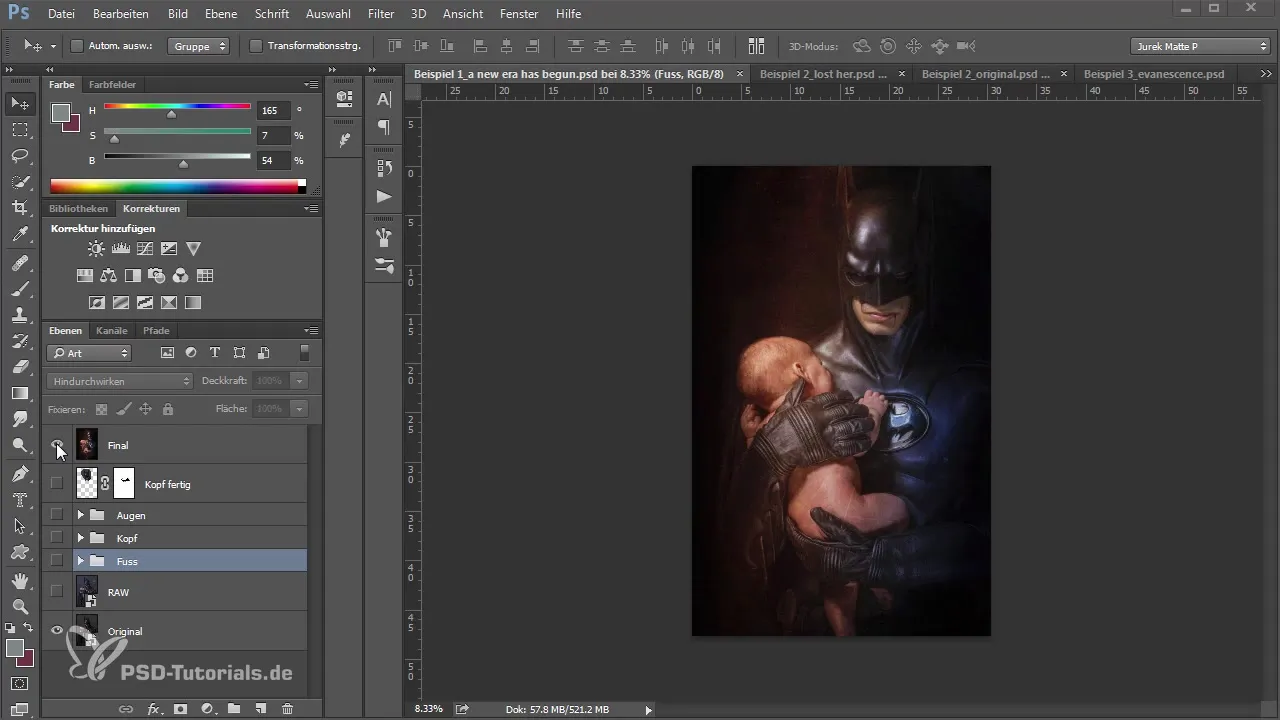
To improve the image, I used parts from other shots to optimize the overall picture. Cropping and combining different image elements can be time-consuming, but the results are worth it.
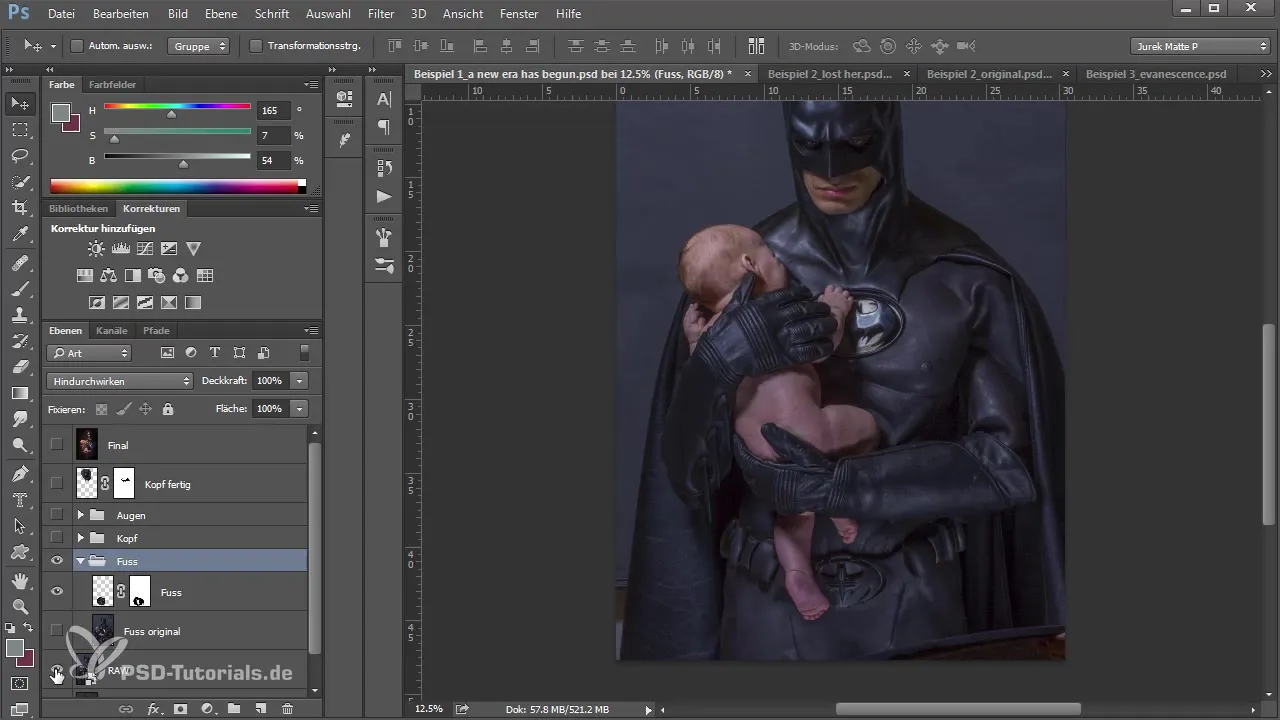
Example: Correcting Missing Components in the Image
Another example is a shoot with the theme "Lost Her." Here, I found that the model was not positioned optimally, and I needed to figure out how to perfect the image. By combining images from different perspectives, I selected the best parts and blended them seamlessly.
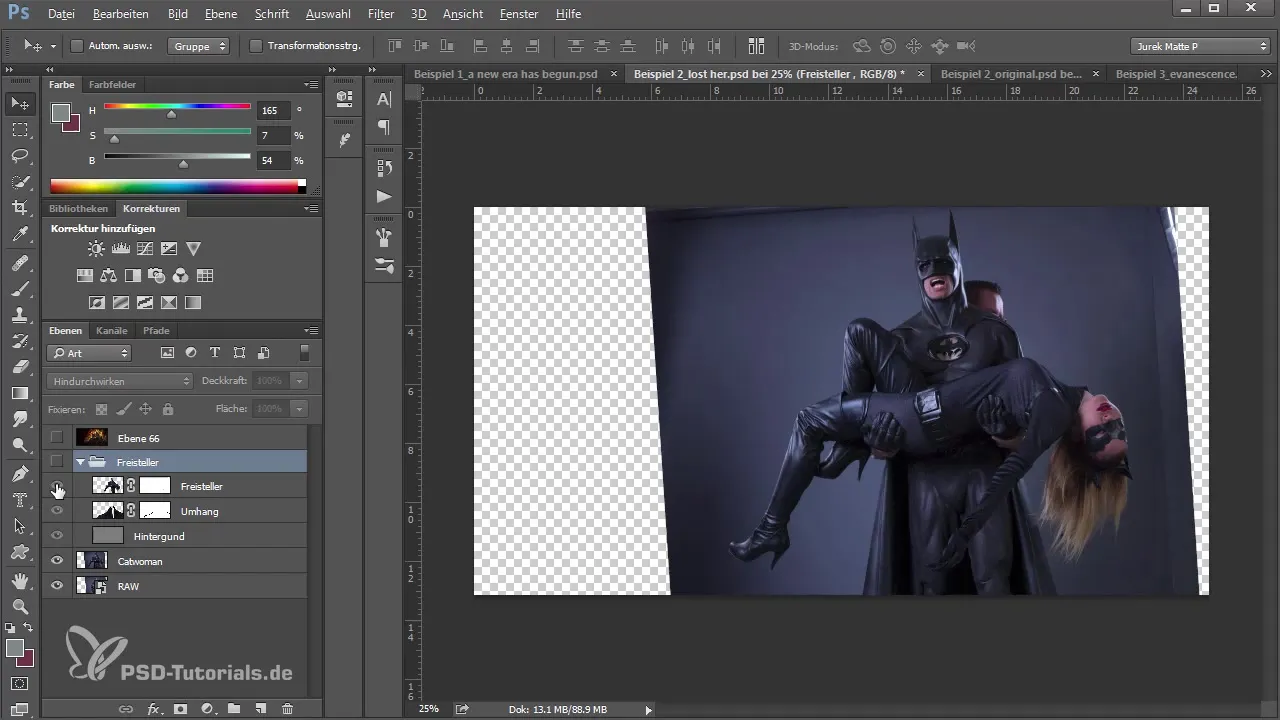
The goal is to create an image that appears natural at first glance, even though it is made up of various components. The process requires a lot of practice, but the end result is fascinating and can elevate your work to the next level.
Focus and Attention to Detail
When photographing, it is essential to focus your attention on details. Even the smallest inconsistencies can have a significant impact on the final product. When photographing, always make sure to thoroughly scan your environment to ensure everything looks perfect.
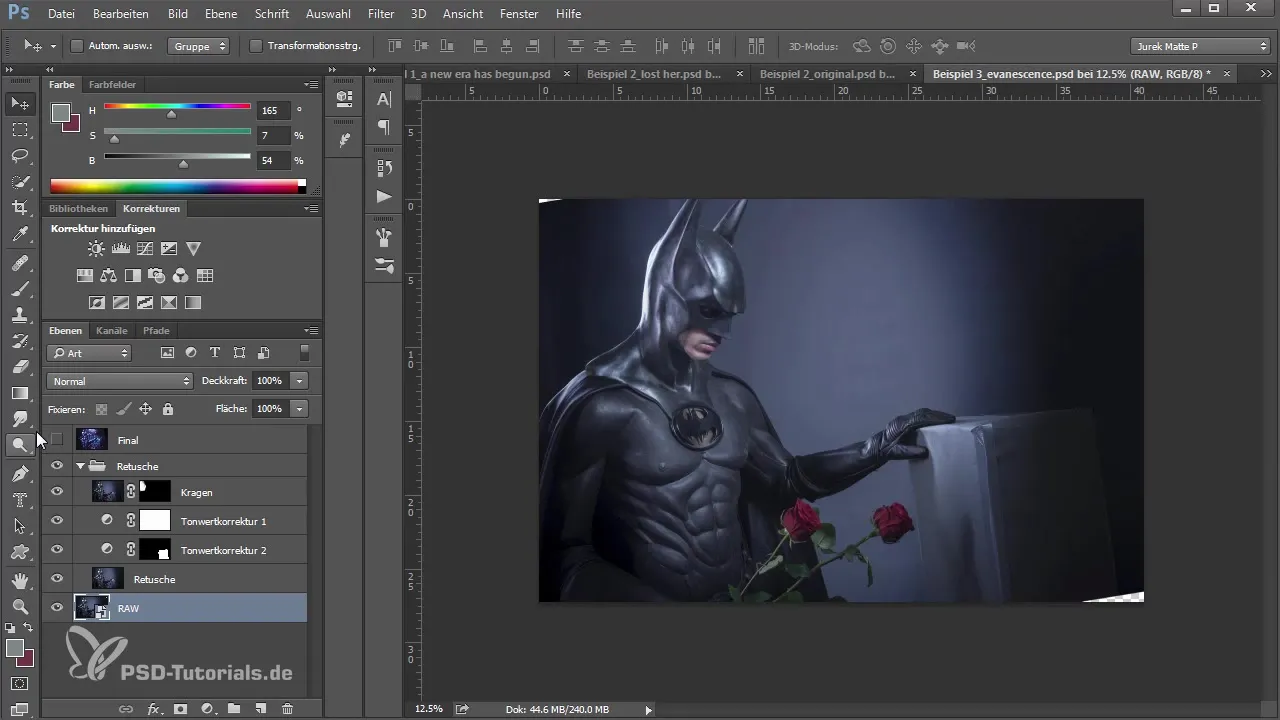
This mindfulness protects you from having to take multiple shots that you later have to painstakingly edit in Photoshop. A single photo that is good from the start makes post-processing much easier and gives you more creative freedom.
Conclusion
Ultimately, photography comes down to carefully considering whether you are being intellectually creative or simply snapping away. Taking the time to plan and execute every aspect of the shot with precision will elevate you to the next level of your photographic art.
Summary - The Path to Art in Photoshop: Image Concept and Shooting - Photographing or Snapping?
To create outstanding works as a photographer, it is essential to start with a clear concept, instruct the model properly, correct errors in post-processing, and develop idiomatic skills. Practice and patience are keys to better engagement in photography.
Frequently Asked Questions
How does photographing differ from snapping?Photography requires planning and creativity, while snapping simply involves pressing the shutter.
Why is it important to instruct the model?The instructions help the model achieve the desired expressions and poses, leading to better photos.
How can errors in photography be corrected?Errors can be reduced in Photoshop by cropping or merging different images.
Is it better to take many photos or just a few good ones?It is better to take a few good shots, as these require less post-processing.
How important are details in photography?Details are crucial, as even small inconsistencies can greatly impact the final result.


